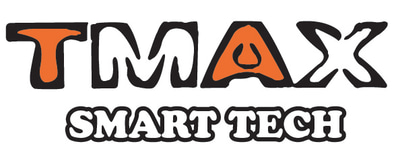Revolutionizing Vital Signs Detection:
Why Near Field Radar Outshines UWB
When it comes to accurate, efficient, and reliable vital signs detection, Near Field Radar (NFR) is a game-changer. Unlike Ultra-Wideband (UWB), which is often over-engineered and less precise for close-range applications, NFR delivers unparalleled performance where it truly matters—detecting subtle micro-movements like heartbeat and respiration.
Precision at Its Core
NFR specializes in ultra-sensitive detection of minute physiological changes, providing unmatched accuracy in monitoring vital signs. Its ability to capture sub-millimeter movements ensures that no vital detail is missed, making it far superior to UWB, which struggles to isolate micro-movements from environmental noise
Efficiency Redefined
NFR operates within a limited range, ideal for personal and medical monitoring. This focused design minimizes power consumption and interference, unlike UWB, which expends unnecessary energy for broader, less precise coverage. For wearable devices, sleep monitoring, or ICU settings, NFR’s efficiency is a clear winner.
Cost-Effective Innovation
With simpler hardware requirements and lower costs, NFR makes cutting-edge technology accessible without compromising performance. UWB’s higher cost and complexity simply don’t justify its use in vital sign detection.
For precision, efficiency, and affordability, Near Field Radar is the future of vital signs monitoring—tailored perfectly to what matters most. Choose smarter. Choose NFR.
